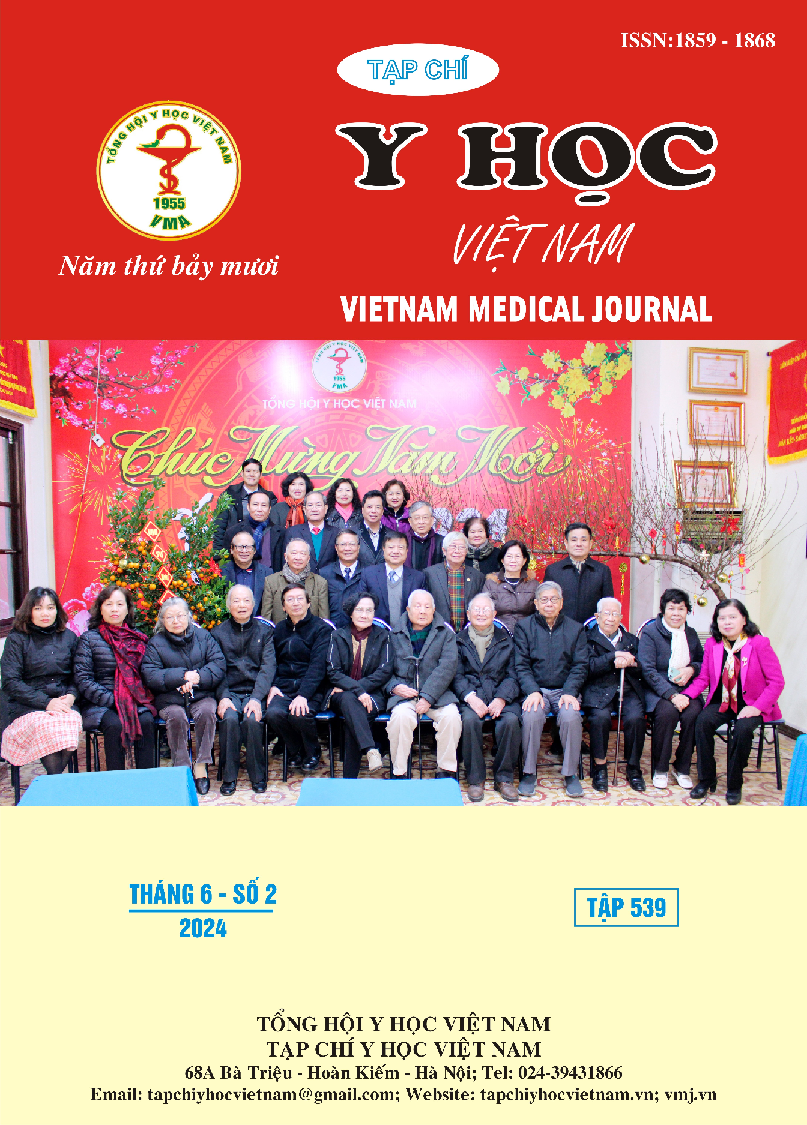FIRST MARRIAGE INTENTION AND RELATED FACTORS AMONG UNIVERSITY STUDENT IN HO CHI MINH CITY
Main Article Content
Abstract
Low fertility is one of the root causes of the rapid aging worldwide, as well as in Vietnam. Ho Chi Minh City has had the lowest fertility in Vietnam for decades, and first marriage at an appropriate age is crucial to maintaining the fertility rate. A cross-sectional study was conducted on 1.730 final-year undergraduate students in the three largest Ho Chi Minh City universities from January to May 2023. Multiple regression was employed to determine associated factors with the intention of age at first marriage. This study found that the percentage of students intending to marry in the future is 64.2%; importantly, one-third of students have no intention of marriage or have not thought about this. Students plan to get their first marriage at age 28.9; males are later than females by 1.3 years. Age, gender, having a lover status, study major and duration denote statistically significant associations with the intention of age at first marriage. In conclusion, final-year students intended to have their first marriage quite late compared to national figures. They wait for adequate economic status and maturity to get married, which is probably the main reason for delaying marriage among highly educated people. Late marriage leads to many consequences on personal health and community fertility; more population and reproductive health media and training campaigns should target this group to encourage marriage earlier than their intention.
Article Details
Keywords
intention of age at first marriage, final-year student, Ho Chi Minh City, low fertility, aging
References
2. Grant J, Hoorens S, Sivadasan S, Loo MV, Davanzo J, Hale L, Butz W. Trends in European fertility: should Europe try to increase its fertility rate...or just manage the consequences? Int J Androl. Feb 2006;29(1):17-24. doi:10.1111/j.1365-2605.2005.00634.x
3. Phê duyệt "Chương trình điều chỉnh mức sinh phù hợp các vùng, đối tượng đến năm 2030" (Thủ tướng Chính phủ) (2020).
4. Ban Chỉ đạo tổng điều tra dân số và nhà ở Trung ương. Kết quả tổng điều tra dân số và nhà ở thời điểm 0 giờ ngày 01 tháng 4 năm 2019. 2019. 12/2019.
5. Mogilevkina I, Stern J, Melnik D, Getsko E, Tyden T. Ukrainian medical students' attitudes to parenthood and knowledge of fertility. Eur J Contracept Reprod Health Care. 2016;21(2):189-94. doi:10.3109/13625187.2015.1130221
6. Tổng cục thống kê. Báo cáo điều tra lao động việc làm năm 2021. 2022.
7. Kim Vân. TP.Hồ Chí Minh: Báo động mức sinh thấp nhất nước, già hóa dân số tăng. Accessed 5/11/2023, https://dansohcm.gov.vn/tin-chuyen-nghanh/7469/tp-hcm-bao-dong-muc-sinh-thap-nhat-nuoc-gia-hoa-dan-tang/
8. Tổng cục thống kê. Tuổi kết hôn trung bình lần đầu phân theo giới tính và theo thành thị, nông thôn. Accessed 4/11/2023, 2023. https://www. gso.gov.vn/px-web-2/?pxid=V0229& theme=D%C3%A2n%20s%E1%BB%91%20v%C3%A0%20lao%20%C4%91%E1%BB%99ng
9. Nguyen Thanh Binh. Age at First Marriage in Recent Years Vietnam. Mediterranean Journal of Social Sciences. 2012;3(1):491-496. doi:10.5901/mjss.2012.03.01.491
10. Huỳnh Phẩm Dũng Phát, Phạm Đỗ Văn Trung, Nguyễn Ngọc Hoàng Vân. Tình hình dân nhập cư của Thành phố Hồ Chí Minh thời kì 1999 – 2009. Tạp Chí Khoa học. 2019;14(2 (2017)):189-197.


